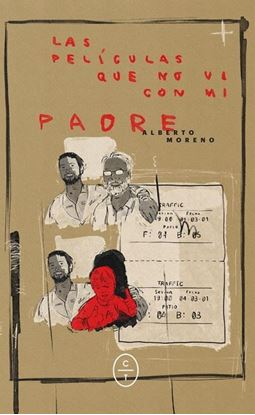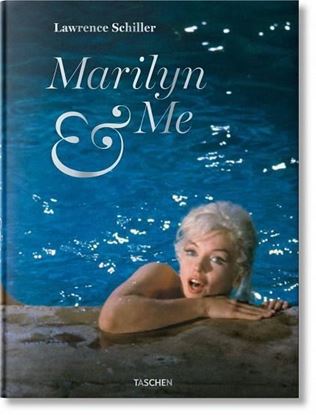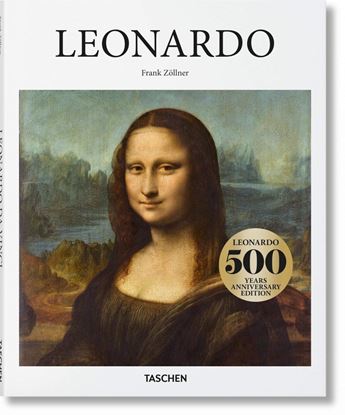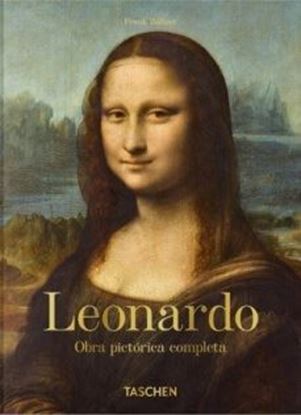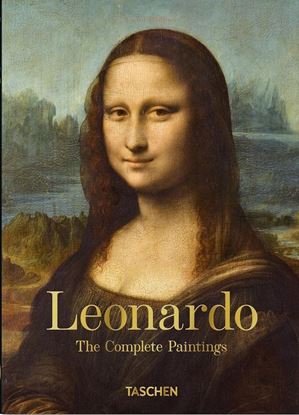

LARC DE TRIOMPHE, WRAPPED (VA) (INT)
1961, three years after meeting Jeanne-Claude in Paris, Christo made a study of a mammoth project that would wrap one of the city’s most emblematic monuments. 60 years, 25,000 square meters of recyclable fabric, and 3,000 meters of rope later, the artists' vision finally came true. Discover their posthumous installation with this book gathering photography, drawings, and a history of the project's making.
Like most of Christo and Jeanne-Claude's work, L'Arc de Triomphe, Wrapped is temporary and runs for 16 days from Saturday, September 18 to Sunday, October 3, 2021. Carried out in close collaboration with the Centre des Monuments Nationaux, the historic structure is wrapped in recyclable polypropylene fabric in silvery blue and recyclable red rope.
1,350
LAS PELICULAS QUE NO VI CON MI PADRE
Alberto Moreno lleva años escribiendo un sus cuadernos todas las películas que ha visto hasta sus cuarenta años. Ha sido un periodista especializado en cine durante años –hoy director de Vanity Fair– pero este libro no es un libro de cine. Es el retrato de una ausencia, la de un padre que se fue demasiado pronto. Una obra construida con los huecos que se intuyen, y que conforman al niño que fue y al hombre que es hoy. Una historia de las pasiones heredadas, o tal vez inventadas, que se transmiten, como las emociones a lo largo de tres generaciones: la del abuelo, la del padre y la del hijo. Un viaje fascinante a las películas con las que construimos nuestras vidas, un homenaje a la ficción sobre la que se sustenta una realidad compartida.
900
LAWRENCE SCHILLE. MARILYN & ME (FO)
“Tú ya eres famosa, el que se va a hacer famoso ahora soy yo”, le dijo el fotógrafo Lawrence Schiller mientras hablaban de las fotografías que estaba a punto de hacerle. “No seas tan arrogante”, le respondió burlona Marilyn. “Sustituir a un fotógrafo es fácil”. Esto ocurrió en 1962, y Schiller, que por entonces tenía 25 años, cumplía un encargo para Paris Match. Conocía ya a Marilyn (ambos habían trabado amistad dos años antes, cuando se conocieron durante el rodaje de El multimillonario), pero esto no le sirvió de nada el día en que ella accedió a posar desnuda ante su cámara durante la escena de la piscina en Something’s Got to Give.
2,995
LEONARDO (BA-ART)
Filling notebook after notebook with sketches, inventions, and theories, Leonardo da Vinci (1452–1519) not only stands as one of the most exceptional draftsmen of art history, but also as a mastermind and innovator who anticipated some of the greatest discoveries of human progress, sometimes centuries before their material realization.
From the smallest arteries in the human heart to the far-flung constellations of the universe, Leonardo saw nature and science as being unequivocally connected. His points of inquiry and invention spanned philosophy, anatomy, geology, and mathematics, from the laws of optics, gravitation, heat, and light to the building of a flying machine.
In his painting, Leonardo steered art out of the Middle Ages with works such as The Last Supper and the world-famous La Gioconda or Mona Lisa depicting not only physical appearances, but a compelling psychological intrigue and depth which continues to draw crowds of mesmerized visitors to masterpieces in Paris, Milan, Washington, London, and Rome.
This book brings together some of Leonardo’s most outstanding work to introduce a figure of infinite curiosity, feverish imagination, and sublime artistic ability, often described as having “not enough worlds for to conquer, and not enough lives for to live” (Alan Woods).
1,350
LEONARDO. OBRA PICTORICA (40TH) (E)
Uno de los seres humanos más brillantes jamás conocidos, Leonardo sigue siendo el genio del Renacimiento por excelencia. Compañero perfecto de la edición Leonardo da Vinci. Obra gráfica, este libro es un catálogo razonado de todas las obras maestras pictóricas del artista, tanto supervivientes como perdidas, desde la Mona Lisa a La última cena.
2,300
LEONARDO: THE COMPLETE PAINTINGS 40TH ED
One of the most accomplished human beings who ever lived, Leonardo da Vinci (1452–1519) remains a quintessential Renaissance genius. The perfect companion to the Leonardo Graphic Work edition, this book is a compact catalogue raisonné of all of the artist’s masterful paintings.
Drawn from our best-selling XXL edition, the book traces the artist’s life and work across 10 chapters, presenting all known paintings and drawing on his letters, contracts, diary entries, and writings to explore the man behind such groundbreaking artworks. From Virgin of the Rocks to Virgin and Child with St. Anne to the ever-beguiling Mona Lisa, you’ll find some of the finest treasures of the Louvre, Prado, and National Gallery, London here, as well as Leonardo works lost to time, but no less startling in their precision and poise.
2,300


